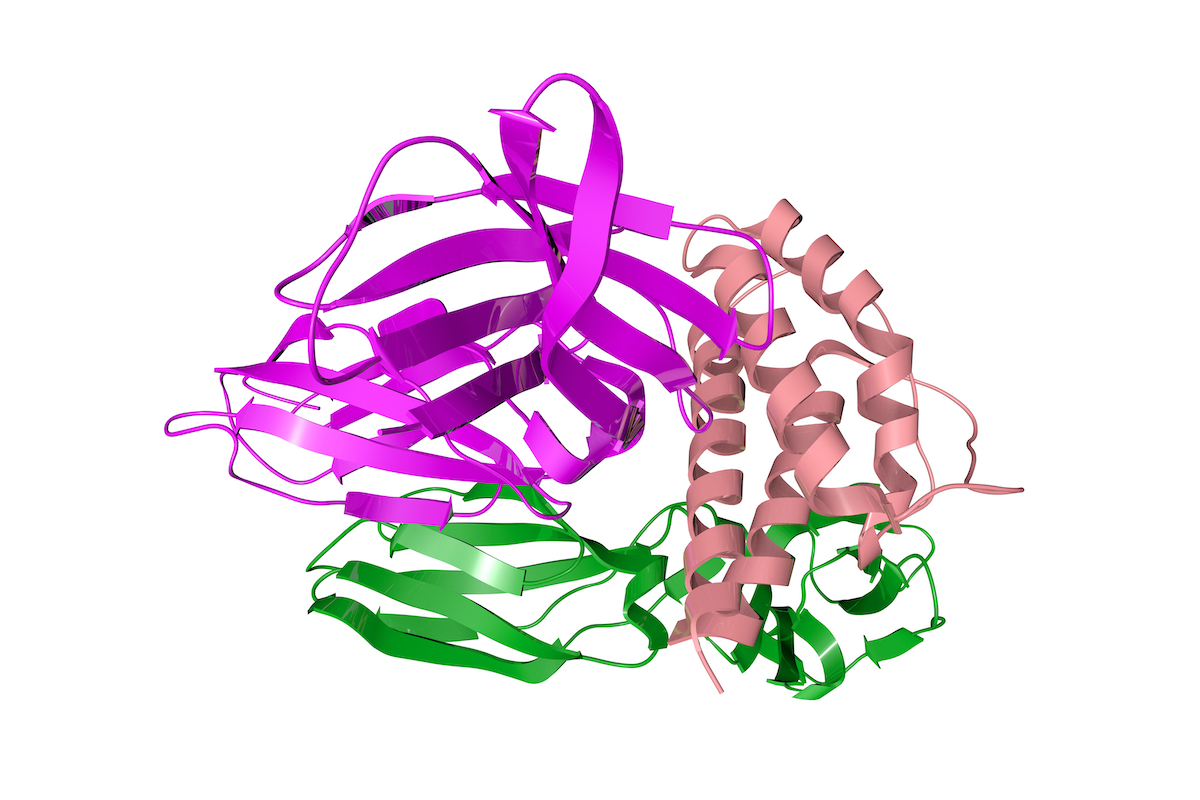Salivary interleukins
Evaluation test of salivary interleukins
The test evaluates the degree of activation of specific salivary interleukins at the basis of inflammatory processes. The concentration detected by the analysis makes it possible to provide indications for modulated and personalized treatments. The test is performed in PCR, a technique that integrates the specificity of the antibody-antigen binding, typical of the ELISA method, with the precision of molecular biology. This method amplifies the precision in the quantification of interleukins by more than 100 times.
What are interleukins
Interleukins (IL) are a type of cytokine expressed by leukocytes and many other cells in the body. They play essential roles in immune cell activation and differentiation, as well as in proliferation, maturation, migration and adhesion. They also have pro-inflammatory and anti-inflammatory properties. The primary function of interleukins is, therefore, to modulate growth, differentiation and activation during inflammatory and immune responses. They have both paracrine and autocrine functions.
General properties of interleukins/cytokines
Cytokines are proteins produced in response to pathogens and other antigens that regulate and mediate inflammatory and immune responses.
The production of interleukin is a self-limited process. The messenger RNA that codes for most interleukins is unstable and causes transient synthesis. These molecules are rapidly secreted once synthesized.
Cellular responses to interleukins include up- and down-regulatory mechanisms with the induction and participation of genes encoding cytokine receptor inhibitors.
Interleukins often influence the synthesis and actions of other interleukins. For example, IL-1 promotes lymphocyte activation leading to the release of IL-2.
Cellular responses to cytokines are stimulated and regulated by external signals or high affinity receptors. For example, stimulation of B lymphocytes by pathogens leads to increased expression of cytokine receptors.
Small amounts of a cytokine are required to occupy receptors and cause biological effects.
Which interleukins do we examine with the test
The exam is based on the analysis of 8 interleukins:
- INTERLEUKIN TNF? (IL-TNF?) for the assessment of the level of systemic inflammation
Tumor necrosis factor ? (abbreviated as TNF?, from the English Tumor necrosis factor) is involved in systemic inflammation; member of a group of cytokines that stimulate the acute phase reaction. Its main role is in regulating cells of the immune system. It is a cytokine that has pleiotropic effects on different cell types. It has been identified as an important regulator of inflammatory responses and is known to be involved in the pathogenesis of some inflammatory and autoimmune diseases.
Synthesized and secreted primarily by macrophages, although several cell types (including glial cells and neurons in the brain) are capable of producing it, TNF-? exists in a soluble and transmembrane form. Both the transmembrane and soluble forms of the protein are biologically active, binding to and activating TNF receptor 1 (TNFR1) as well as TNFR2. TNFR1 and TNFR2 share some similar functions (eg, advancing immune defense mechanisms, inducing inflammation, and promoting cell proliferation and survival), but they also have distinct, sometimes opposite, biological activities. Primarily, TNFR1 is linked to pathological processes such as inflammation, apoptosis and necrosis, while TNFR2 is mainly linked to physiological responses such as host defense, tissue repair and regeneration.
- INTERLEUKIN 17 (IL-17) for the evaluation of the immune response to attacks by endogenous agents
interleukin 17 test analyzes the cytokine involved in the regulation of the immune response to attacks by endogenous agents. Best known as a host defensive cytokine in mucosal barrier tissues, with essential roles in immunity to fungi and other extracellular pathogens, IL-17 also drives inflammation in a variety of autoimmune pathologies.
- INTERLEUKIN 1 BETA (IL-1?) for the detection of the local and general immune response
The interleukin-1? test allows to evaluate the immune response since this interleukin plays a decisive role in the defense mechanisms of the immune system both locally and generally
IL-1? acts as an amplifier of immune reactions. For a long time, IL-1? has been recognized as necessary for the efficient initiation of innate immune responses and the shaping of adaptive immune responses functional to address inflammation
